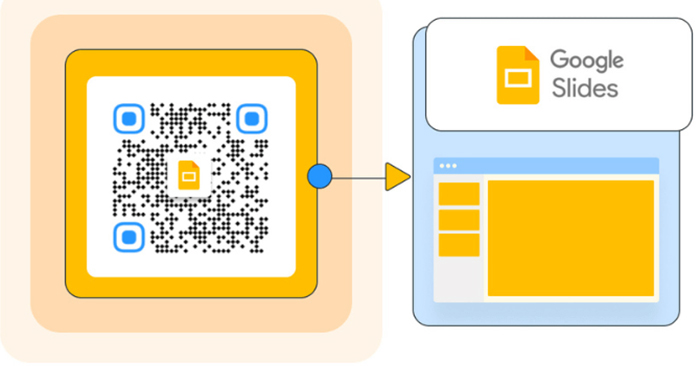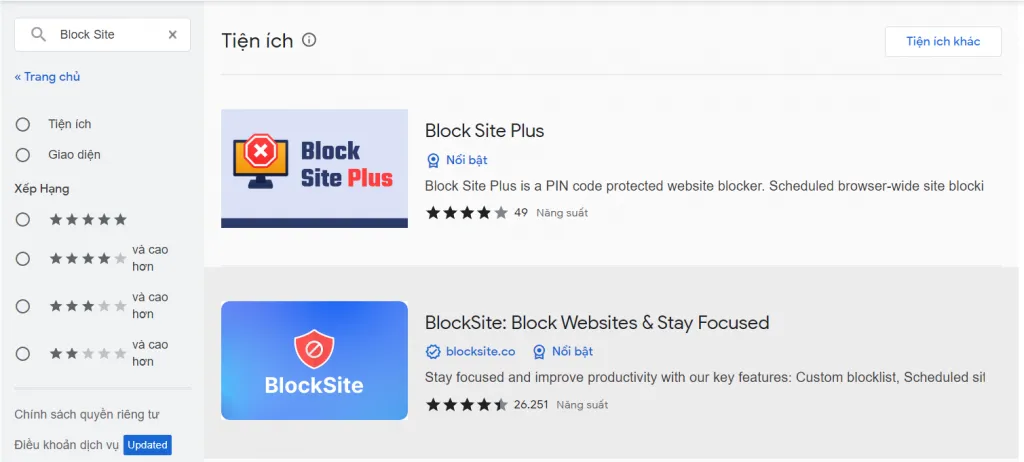5 signs to identify phishing websites
However, you can also go directly to a phishing site. So what is a phishing website? How can you identify a website as phishing?
What is a phishing website?
A phishing website is a fake online landing page built to resemble the real one. People often encounter them after receiving a phishing email directing them to click on a link and visit that page. However, people can also visit phishing sites after entering incorrect URLs or clicking on links in seemingly innocuous social media posts.
Some hackers intentionally infiltrate genuine websites to make them untrustworthy. For example, they could embed malware into websites to steal payment information or infect visitors' computers. These risks make the signs of a phishing site something to learn about. Here are some special signs to watch out for.
How to identify a phishing site

You can follow a 5-step process when searching for potential phishing sites. These will largely help you identify and avoid them.
1. Check the website URL
Start by looking at the website's address and see if you notice anything strange. Maybe you know the website you want to visit ends in '.com', but is showing '.org'.
Some hackers spoof websites so carefully that people can't detect anything by looking at the URL. However, websites with misspelled words or extra characters are difficult to detect to catch victims off guard.
2. Access the website another way
Many people visit phishing websites after clicking on links in emails or on social media feeds. Clicking on a website via a search engine link can also be dangerous. News from The Washington Post explains why hackers' ads often appear at the top of search results. They use those links to send visitors to phishing websites.
One of the easiest ways to verify whether a website is real or not is to visit it without clicking on the link. Enter the URL manually and navigate to the website that way. Be careful to enter everything correctly, then see if the website appears as expected.
3. Check the content
Once you've visited a website, take a close look at the content. Is it high quality and suitable for the company's industry? Hackers often put up phishing sites so quickly that they don't care about what's written. Hackers don't expect people to read it anyway.
It is also helpful to search the Contact Us page on the website. Phishing sites often do not have this section or GDPR warning. Cybercriminals don't want any way for angry visitors to get in touch after they've been scammed, and they certainly won't leave any traces behind so the authorities can find them.
4. Watch for pop-up windows
Almost all phishing scams try to get people to act quickly. That's why when you visit a phishing site, you immediately see a pop-up window asking you to provide something.
Legitimate websites often have advertising pop-ups trying to sell you things. However, phishing sites are more likely to ask for your login details or credit card information.
5. Look for reviews
One of the great things about the Internet is that it gives people a platform to share good and bad feedback about businesses. That's why you should look for reviews of a suspicious phishing site. Look for them elsewhere than on that website as hackers may have written fake reviews to lend legitimacy.
Once you find reviews, scrutinize them for authenticity. Have you noticed recurring words, phrases, or themes? That's a sign of website reviewers who aren't real customers.
What to do if you click on a phishing site

If you believe you have landed on a phishing site, acting quickly is important to limit the damage. You can flag the site by submitting a Google Safe Browsing report. Doing so will help warn others that the site is dangerous.
Change all passwords and contact your bank if you have entered any payment details on a phishing site. Report it to the police if you provide information that could allow hackers to steal your information.
And if you think something malicious may have been installed on your device, scan it with an antivirus suite. In fact, this is worth doing even if you don't think anything has been downloaded, because prevention is better than cure.
You should read it
- How to identify phishing emails
- [Infographic] 4 types of Phishing are easy to trap users
- What is Spear Phishing?
- How to identify phishing emails and unsafe websites
- [Infographic] How to recognize and prevent Phishing attacks
- Identify popular online scams so as not to lose money unfairly
- How to protect yourself from phishing attacks via mobile phones
- How to report phishing emails in Outlook.com
- Phishing attack: The most common techniques used to attack your PC
- Warning: Phishing attacks targeting Microsoft Teams show signs of sharp increase
- Learn about the Adversary-in-the-Middle phishing attack method
- 25% of 'over-the-counter' phishing emails are the default security of Office 365
May be interested

What is a website builder?

Instructions for creating QR codes in Google Slides

Instructions on 2 ways to quickly block websites from opening automatically

How to quickly download Google Chrome to your computer

How to use AI Background Generator to create images based on keywords

How to automatically colorize YouTube videos






 How to identify phishing emails
How to identify phishing emails How to identify phishing emails and unsafe websites
How to identify phishing emails and unsafe websites Signs you should break up with the man you are getting to know
Signs you should break up with the man you are getting to know 10 investment scam warning signs you need to know
10 investment scam warning signs you need to know How to report phishing and malicious websites in Google Chrome
How to report phishing and malicious websites in Google Chrome Warning: Phishing attacks targeting Microsoft Teams show signs of sharp increase
Warning: Phishing attacks targeting Microsoft Teams show signs of sharp increase